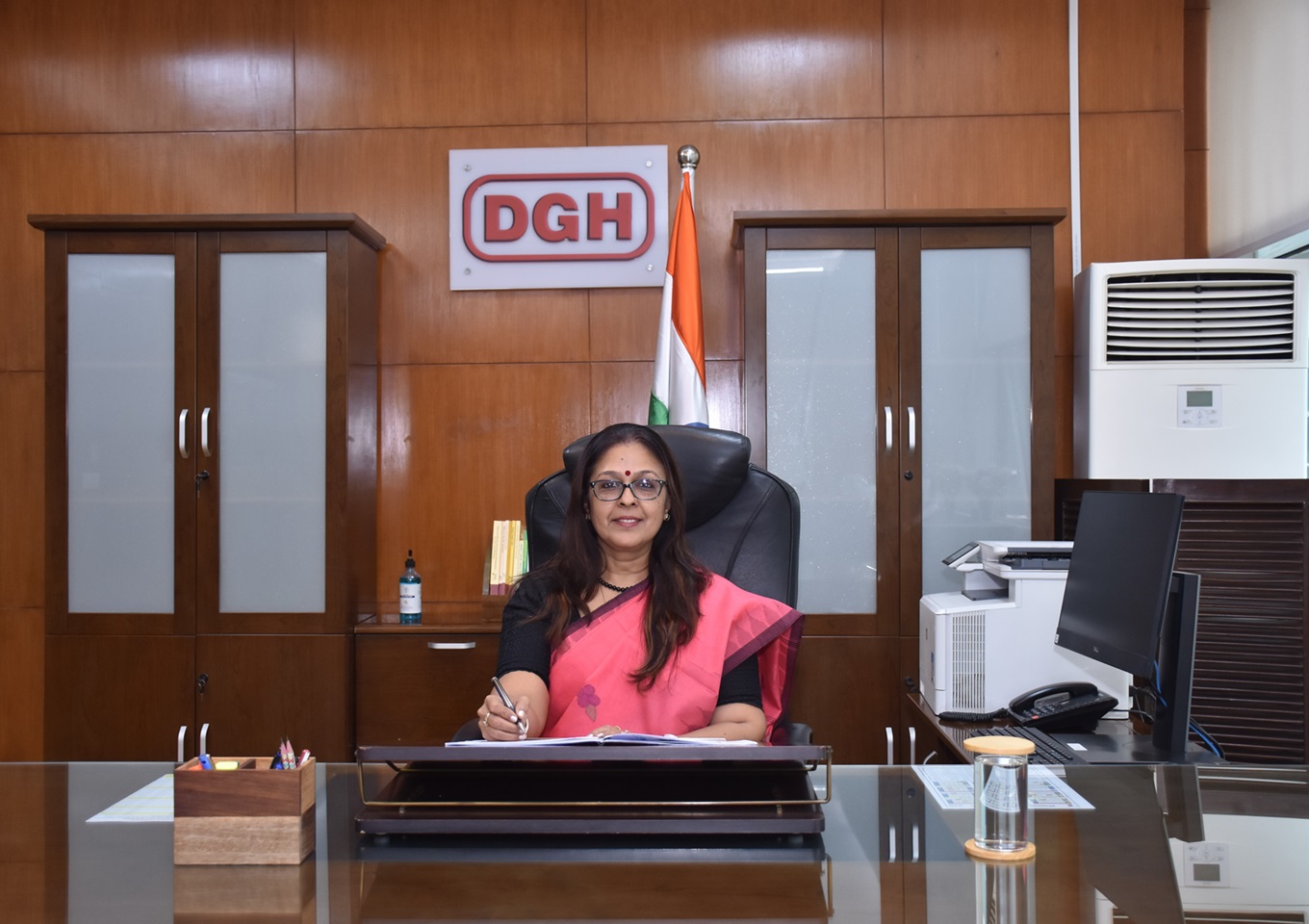
Dear Stakeholders,
I am privileged and honored to be a part of the thriving upstream oil and gas sector as a member of the Directorate General of Hydrocarbons (DGH) team. As you may be aware, this year DGH has celebrated its 30th Annual Day and reaffirmed its roles and responsibilities to serve the Exploration and Production (E&P) sector by providing appropriate technical inputs and advice on policy matters to the Ministry of Petroleum and Natural Gas to ensure sound management of the country’s hydrocarbon resources. While what has been accomplished is substantial, possibilities and potential for even greater contributions and value additions to the sector exist.
The transformative policy reforms ushered in by the Government of India in the last 7 years have elicited universal appreciations and created a conducive investment ecosystem in the oil and gas sector. On our part, I can solemnly assure all stakeholders of the unwavering commitment of Team DGH to dedicatedly perform our role of facilitator to industries and implementer of Government policies with the sole aim of ensuring a transparent and level-playing field for all stakeholders while maintaining the highest standards of integrity. Ensuring transparency, efficiency, and ease of doing business will continue to be our guiding philosophy.
Substantial work has been done by my worthy predecessors in improving the contractual systems and processes, creating smoother data integration interfaces, synergizing industry-academia relationship and forging strong coordination and collaboration with all stakeholders. I, along with my team, resolve to diligently work towards increasing operational efficiencies, expediting approvals, and facilitating unhindered E&P operations at an accelerated pace.
Oil and natural gas will continue to play a pivotal role in India’s economy and energy agenda in the foreseeable future. To that end, DGH remains committed in working towards energy security of our country and encourage active collaborations among various stakeholders to bring in new technology, innovation, and cost efficiency. DGH is aware of rapidly changing global energy scenario, energy transition and India’s Net Zero target. DGH have been persistently sensitizing E&P Operators to reduce their environmental footprints, minimize gas flaring, adhere to best HSE practices, and decarbonize exploration and production activities through adoption of new technologies.
Looking ahead, Team DGH would like to assure all stakeholders of the Indian E&P sector that we are committed to meeting and exceeding industry expectations as a responsible and responsive organization. I urge all industry partners to bring forth their ideas and suggestions and cohesively collaborate on furthering this sector. Team DGH will synergistically facilitate the stakeholders and discharge its responsibilities with utmost integrity.
At DGH, we greatly value and appreciate your continued consideration, support, collaboration, and advice.
(Dr. Pallavi Jain Govil, IAS)
Director General, Directorate General of Hydrocarbons